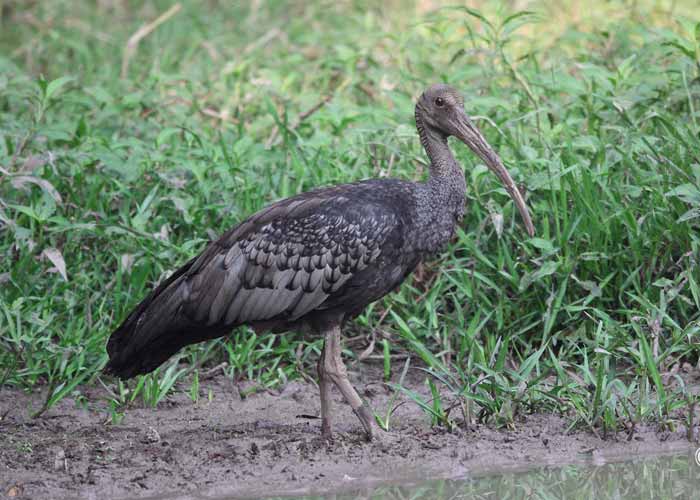Global Migratory Bird Day 2024
Global Migratory Bird Day 2024

The Global Migratory Bird Day is a local event, organized by the Cambodia Bird Guide Association (CBGA) and it is annual event to replace the October Bird Count event held in previous years. The event is featured with smaller activities to engage more public awareness and foster the participation of school children, parents, and local authorities regarding wildlife and its habitat conservation. There were 150+ participants including children, parents and local authorities, joining this event and involving in bird counting this year with better feedback.
Are you joining us next year?
Follow us on Facebook and Youtube by clicking on the icons at the bottom of this page!
Below are some pictures from the event:
Bird Checklist:
- Indian Spot-billed Duck
- Zebra Dove
- Red Turtle Dove
- Spotted Dove
- Germain’s Swiftlet
- Asian Palm-Swift
- Greater Coucal
- Black Bittern
- Black-crowned Night-heron
- Eastern Cattle-Egret
- Javan Pond-Heron
- Little Egret
- Intermediate Egret
- Eastern Great Egret
- Little Comorant
- Pacific Golden Plover
- Little Ringed Plover
- Kentish Plover
- Temminck’s Stint
- Long-toed Stint
- Common Snipe
- Common Sandpiper
- Wood Sandpiper
- Oriental Pratincole
- Whiskered Tern
- Blue-Tailed Bee-eater
- Common Kingfisher
- Pied Kingfisher
- Black Drongo
- Northern Brown Shrike
- Double Zittng Cisticola
- Plain Prinia
- Yellow-bellied Prinia
- Common Tailorbird
- Striated Grassbird
- Barn Swallow
- Yellow-vented Bulbul
- Black-collared Starling
- Common Myna
- Great Myna
- Pied Bushchat
- Ornate sunbird
- Chestnut Munia
- Scaly-breasted Munia
- Red Avadavat
- House Sparrow
- Eurasian Sparrow
- Paddy-field Pipit
- Chinese pond-Heron
- Streaked Weaver
- Plaintive Cuckoo
- Racket-tailed Treepie
- Indochinese Roller
- Red throated Pipit
- Oriental Reed-Warbler
- Black browed Reed-Warbler





















































